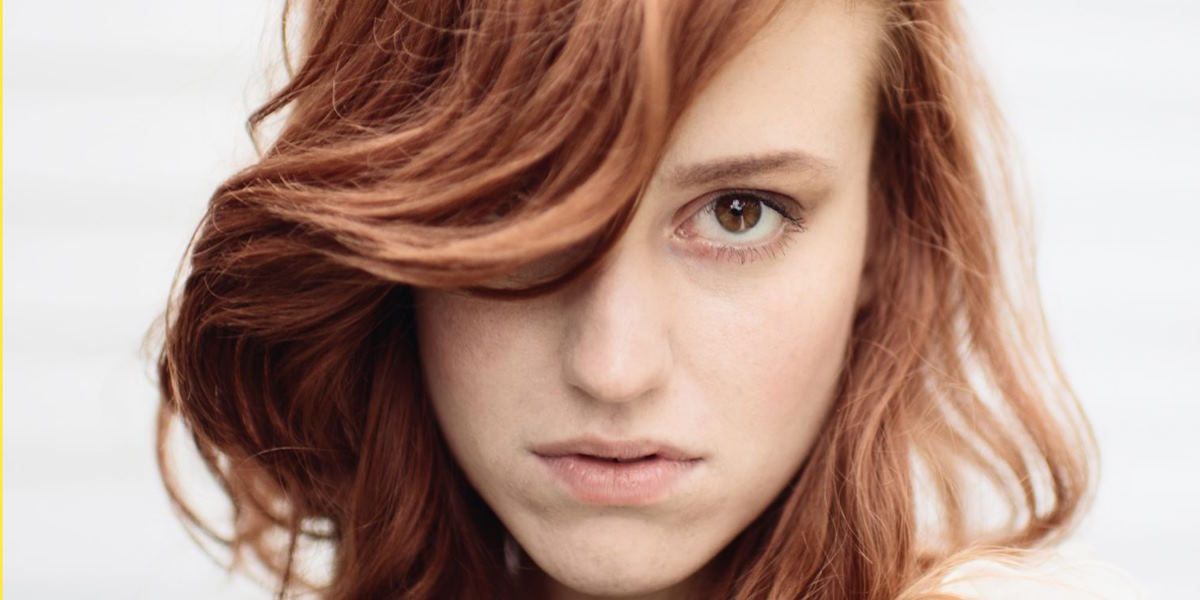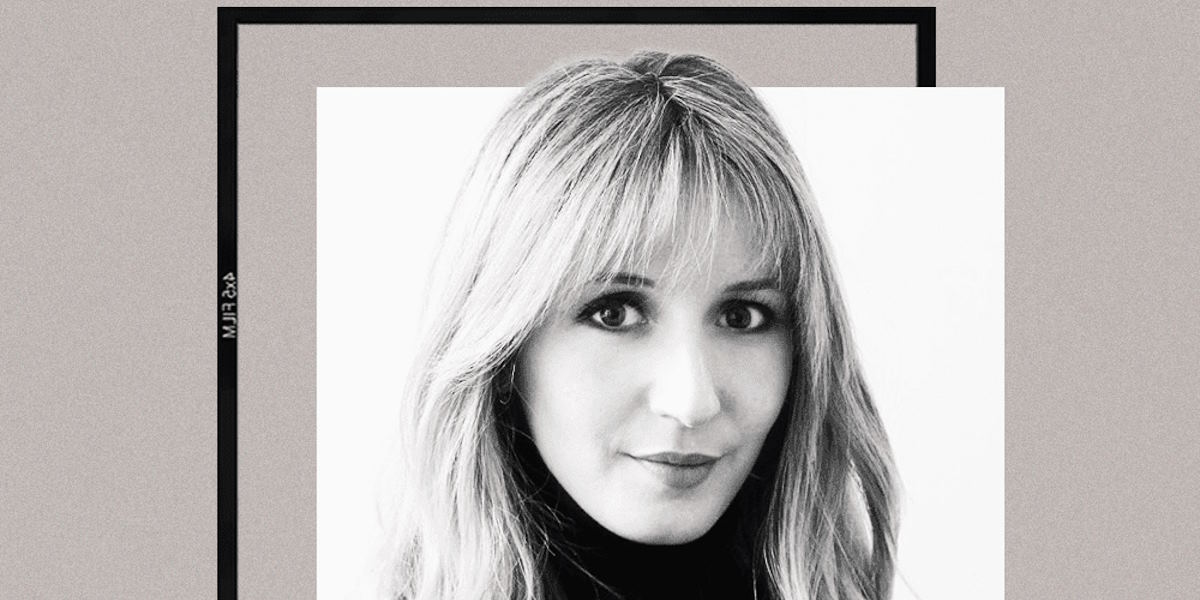Ever thought about getting bangs but worried about the regret that might follow? You’re not alone. It’s easy to get caught up in the excitement of a bold new look, only to end up with a fringe that’s more “oops” than “wow.” But what if I told you there’s a way to make the transition without all the second-guessing? Think of it like stepping into a new pair of shoes. At first, they might feel a little tight, but with the right fit, you’ll be walking confidently in no time. Let’s talk about how to make that big bang of a decision with confidence and end up loving your new look!
Step 1: Know Your Hair Type
Before you even start thinking about the style of bangs, it’s essential to understand your hair. Your hair type will play a massive role in how the bangs will sit, how much maintenance they require, and how long they’ll last before needing a trim.
Do you have thick, coarse hair or thin, fine strands? Is your hair naturally straight or wavy? These factors will affect how bangs behave on you. For instance, if you find more hair styles with bangs over 50 and your hair tends to be wavy, you might need to put in a little extra effort to prevent the bangs from looking messy or frizzy. On the other hand, if you have straight hair, you might find that bangs sit perfectly in place without much fuss.
Taking a moment to assess your hair type will give you realistic expectations about how your bangs will look and behave. For example, if you have curly hair and dream of having straight bangs, be prepared to spend some time straightening them each morning. If you’re not up for that, you might want to consider bangs that are a bit longer, like side-swept bangs, or opt for a style that works better with your natural texture.

Step 2: Consider the Long-Term Commitment
Bangs are not a one-time, one-and-done deal. They require constant care and attention. Think of it like a relationship: they need maintenance, they need your time, and they’ll go through a few awkward phases before they truly become “you.”
Will you be okay with trimming them every few weeks? Are you willing to spend extra time styling them every morning, or would you rather go for a look that’s a bit more low-maintenance? These are important questions to ask yourself before committing to bangs. If you’re someone who loves getting up, brushing your hair, and heading out the door, bangs might not be the best choice for you, unless you’re prepared for the extra effort.
But here’s a little secret: if you’re really in love with the idea of bangs but the idea of upkeep scares you, start with longer bangs first. Long bangs are much easier to manage and they still give you that stylish, youthful look without requiring a commitment to constant upkeep.
Step 3: Test the Waters
One of the best ways to know if bangs are right for you is to experiment before making a permanent decision. Think of it as trying on shoes before you buy them—you wouldn’t purchase a pair of heels without walking around a little first, right?
The beauty of our modern-day tools is that you can “try on” bangs virtually before committing to the cut. There are tons of apps and online tools where you can upload your photo and play around with different bang styles to see how they look on your face. It’s a low-risk way to explore whether bangs are your thing.
Alternatively, you could start with clip-in bangs. They give you the chance to get a feel for how bangs look on you without the commitment. Clip-ins are an easy and temporary option, and you can remove them when you’re done experimenting. Once you’ve worn them for a few days, you’ll have a much better sense of whether bangs work with your personality and lifestyle.

Step 4: The Transitional Phase
Ah, the awkward in-between phase. You know what I’m talking about—the time when your bangs are growing out and they seem to be in that awkward “not quite long enough” phase? It’s not fun, but it’s something you’ll almost certainly have to deal with.
The key to getting through this phase without regret is to embrace it. Don’t try to rush the growing-out process. Instead, work with the stage your bangs are in. For example, you can switch up your styling. Try pinning them back with a cute hairpin, using dry shampoo to add volume, or even experimenting with different hair accessories.
Remember, no one’s hair grows perfectly in a straight line, and your bangs won’t grow out evenly. But if you embrace the change and the transition, you’ll be able to handle the in-between stage without feeling like you’re stuck in hair limbo.
Step 5: Addressing the Regret Factor
What if, after all this, you find yourself still feeling regretful about your bangs? It happens! But don’t panic. There are plenty of ways to fix things and make them work for you.
First of all, know that hair grows back. It’s not the end of the world. If you’re really not feeling your bangs, talk to your stylist about modifying them. Maybe you don’t need a drastic cut; perhaps a tweak in length or style will make all the difference. If you find that bangs aren’t quite right for you, you can always let them grow out naturally, or turn them into a longer style like curtain bangs, which are a little more forgiving.
If you’re unsure, try to adjust your mindset. Look at this as an experiment. Even if you don’t love the result right away, you’ve learned something new about your preferences. Plus, there’s always the option to play with different styles of bangs to find what works best for you.

